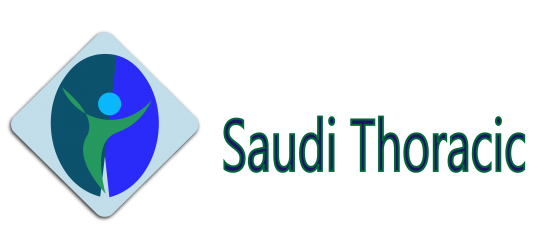Road Transport Practices (RTOs) serve as essential pillars of transport infrastructure, facilitating the smooth functioning of path communities and ensuring compliance with regulations. Nevertheless, the real possible of RTO sources often stays untapped. In this article, we delve into the significance of RTO methods and examine how their optimization can result in improved effectiveness and power in the trail transport sector.
Streamlining Functions:
Revamping administrative procedures lies at the core of enhancing RTO resources. By embracing electronic systems and innovative technologies, RTOs may streamline responsibilities such as for instance vehicle registration, certificate issuance, and report verification. On line portals, automatic systems, and cellular purposes may expedite functions, lowering paperwork, eliminating bottlenecks, and enabling people to conveniently access companies from anywhere.

Harnessing Data-driven Insights:
RTOs create a success of data linked to vehicles, people, and street incidents. Leveraging data analytics resources, RTOs can unlock useful ideas that may drive educated decision-making. By considering historical and real-time data, RTOs may recognize traffic patterns, optimize path preparing, and proactively handle street protection concerns. This data-driven approach allows RTOs to allocate resources effectively, ultimately causing improved traffic administration and reduced congestion.
Empowering Street Users:
RTO methods hold immense potential to allow street customers with knowledge and skills. RTOs may develop comprehensive educational campaigns that increase understanding about street protection, traffic rules, and responsible operating practices. By offering training applications, workshops, and on the web sources, RTOs may equip individuals with the necessary abilities to navigate streets safely. Additionally, initiatives such as for instance defensive operating classes and recognition campaigns for susceptible path people can donate to a more knowledgeable and responsible road culture.
Adopting Technological Innovations:
Integrating emerging systems can revolutionize RTO resources. Integration of synthetic intelligence (AI), Internet of Points (IoT), and blockchain can increase efficiency, protection, and transparency. AI-powered chatbots can offer quick assist with users, while Compliant learning resources-enabled systems may monitor car situations in real-time. Blockchain engineering may secure knowledge integrity and improve transactions, enabling secure digital identities and seamless cross-border operations. By adopting these innovations, RTOs can be pioneers of technical improvement in the transportation sector.
Effort for Seamless Integration:
Successful path transfer programs need relationship among different stakeholders. RTOs may go unions with police force agencies, transport authorities, and individual entities to produce a unified ecosystem. Incorporated techniques for information discussing, coordinated incident management, and synchronized traffic get a grip on may decrease delays, increase result times, and increase overall road network performance. By fostering relationship, RTOs may successfully address complicated difficulties and produce a smooth experience for street users.
Conclusion:
RTO resources possess immense untapped possible to revolutionize street transportation systems. By streamlining procedures, harnessing data-driven ideas, empowering street users, embracing technological inventions, and marketing relationship, RTOs may maximize effectiveness and allow individuals in the transport ecosystem. Unlocking the ability of RTO methods won’t only increase operational efficiency but also pave just how for better roads, decreased congestion, and an even more sustainable potential for path transport.
